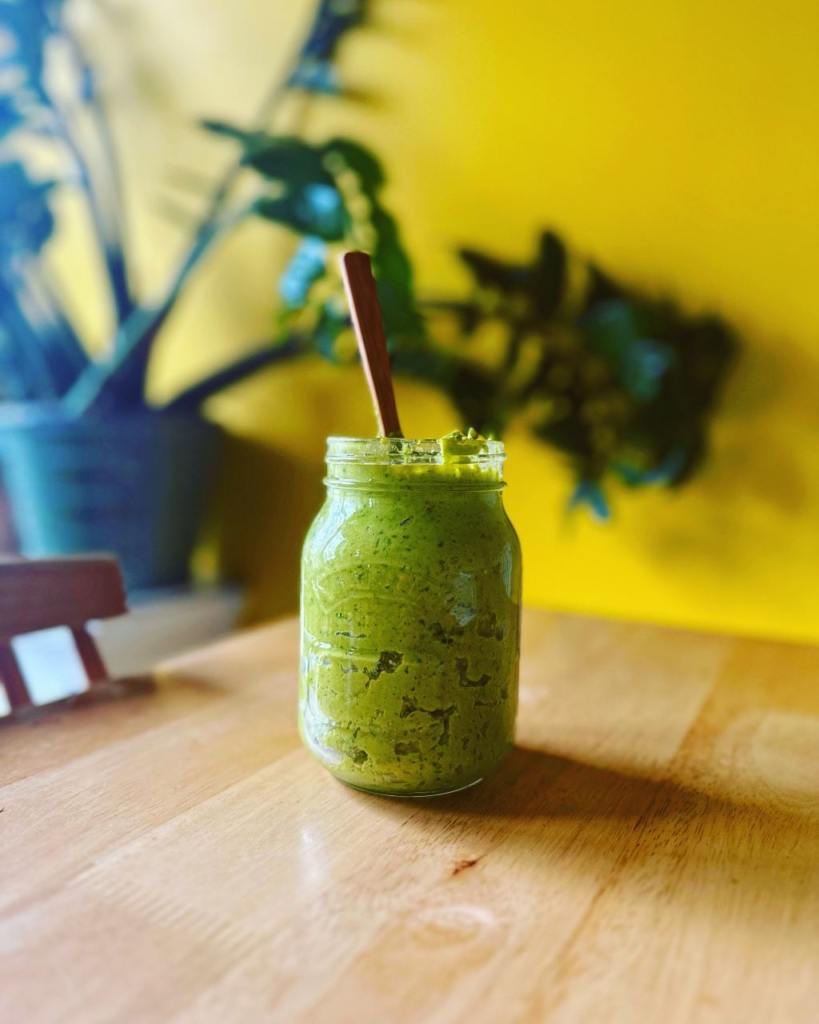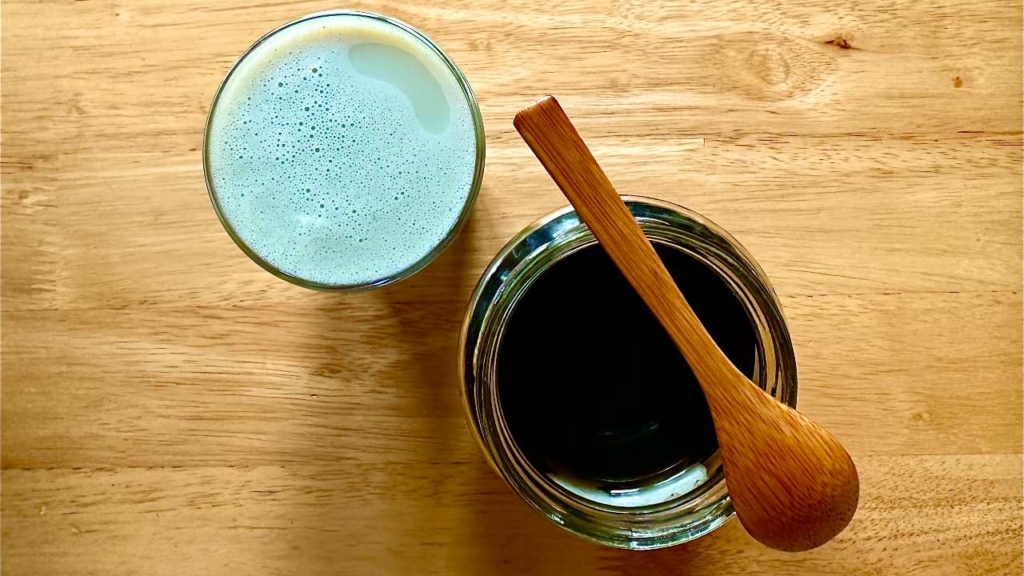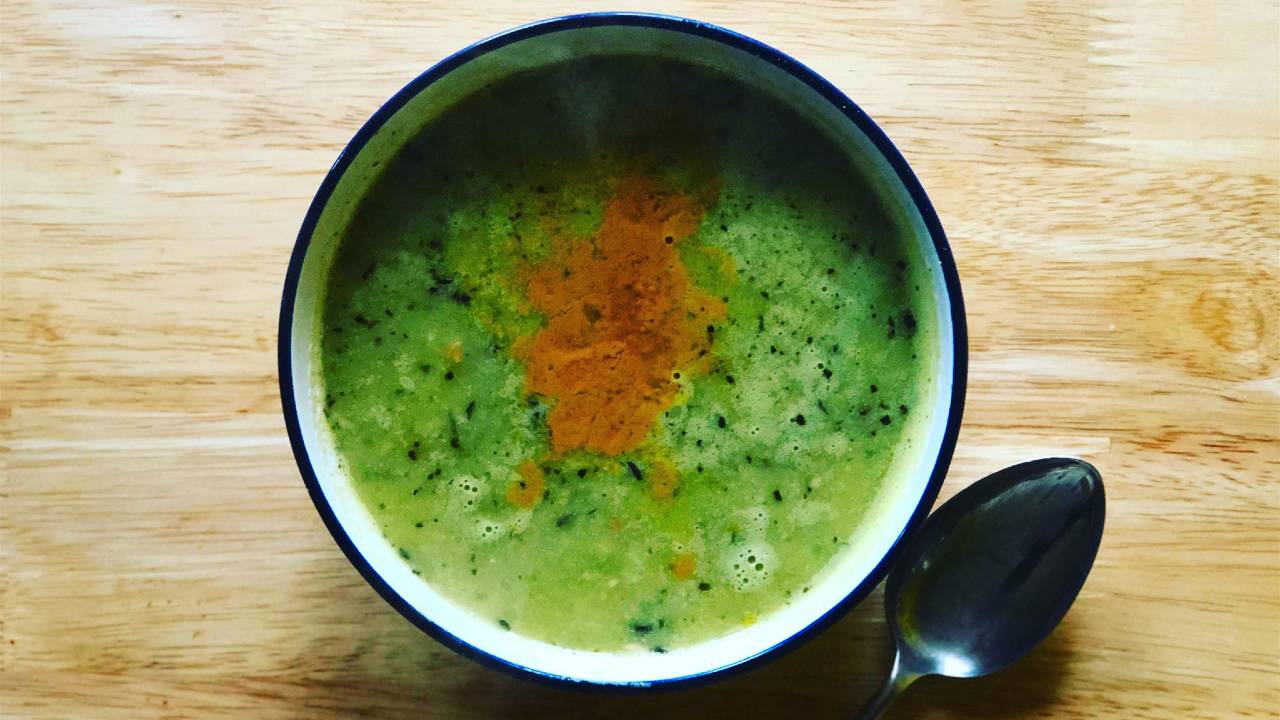Eating seasonally has an abundance of benefits. It helps us to improve our gut health, maintain a strong immune system, improve our digestion and even protects our skin. We have inherently known that eating foods that are in season is good for us for thousands of years. In the past, our ancestors had no choice but to eat seasonal foods and live in alignment with nature. However, although our bodies and brains are primed to want seasonal foods, it’s easy to feel confused about how to eat seasonally. Which foods are in season in Spring? And what are the benefits of changing the way we eat from season to season?
Below you’ll discover the benefits of seasonal eating, plus there are five seasonal Spring recipes to enjoy. (If you live in the Southern hemisphere and you’re moving into Autumn, you might like to opt for more warming recipes, such as Esther Ekhart’s Homemade Daal, or Irina Verwer’s Toasted Autumn Salad.)
The benefits of eating seasonally
Depending upon your ancestry, where you live and your personal needs (such as fuelling for exercise, pregnancy, recovering from illness or attending to allergies) there are foods your body loves, and foods it doesn’t. Eating in a way that truly nourishes your body is the first step. With the prevalence of social media and easy-to-access to foods from around the world, it can be easy to ignore what our bodies need, and instead adopt a diet we think we ‘should’ have.
Today, we can eat watermelon in December and Winter squash in Summer if we want to. Of course, those of us who have such easy access to food whenever we want it are incredibly lucky. The trouble is, our bodies don’t process non-seasonal (or non-real) foods as effectively as in-season foods, and we miss out on huge benefits if we don’t include them in our daily meals.
Improving our gut health
Easting seasonal food can help improve our gut health, because the mix of bacteria that lives in our gut changes throughout the year to match the food for that specific season. The gut bacteria that digest fruits are more abundant in Summer. Whilst those that process root vegetables and fats are more abundant in Winter.
Easting seasonal food can help improve gut health, because the mix of bacteria that lives in our gut changes throughout the year to match the food for that specific season.
Seasonal nutrients
There are also specific nutrients within certain foods that give our bodies exactly what they need when they need it throughout the year. Red fruit like strawberries, raspberries and tomatoes that are in season in Summer contain an antioxidant called lycopene, which naturally protects the skin from sun damage. Elderberries and mushrooms which appear in Autumn contain high levels of anti-viral nutrients, which protect the immune system during the seasons we may be more likely to catch colds and flu. Include just a few seasonal foods in your meals throughout the week, and you’ll help to nourish your body on many different levels.
What is in season in Spring?
When Spring arrives, we see leafy greens and herbs popping up. This signals it’s time to shift from heavy Winter comfort foods, to lighter and more detoxifying Spring foods. When adopting a Spring diet, you may notice your energy levels rise, and your digestion may improve too. This is largely due to the abundance of bitterness present in vegetables like kale, chard, spinach, chicory, and other seasonal greens. Try to include these, along with asparagus, artichoke, chicory, new potatoes, leeks, sprouting broccoli, radish, sorrel, lettuce, watercress and peas. They are also high in antioxidants, B vitamins, prebiotics, chlorophyll, carotenoids and flavonoids too.
Yin to Yang energy
As we move from Winter to Spring, the energy of Yin gives way to rising Yang, and we see this in every part of life. New plants shoot upward from the ground and animals emerge from hibernation and begin seasonal breeding. The days are longer and warmer and we may feel like moving more and Spring-cleaning too. Whilst there’s absolutely no need to adopt a strict detox in Spring, this is the best season to support the body’s natural detoxification systems, and choose lighter and more easily digested foods.
Below you’ll find 5 seasonal Springtime recipes, which make the most of foods in season right now!
5 Spring recipes
1. Immune-Boosting Ginger, Thyme & Pea Soup
(See main image) Although thyme is an evergreen herb that can be picked year-round, it is best consumed mid-to-late Spring. This is when the soft new growth appears and the leaves are highest in nutrients. Thyme is a great herb for promoting respiratory health, and may also be helpful for treating hay fever. Peas are also a perfect Spring food, high in plant-based protein and fibre. Plus, with blood sugar balancing benefits, they’re a great way to boost the protein content of vegan or vegetarian meals. Growing peas is wonderfully satisfying. However, if you don’t envisage yourself de-podding peas for hours on end, good quality frozen peas are a good option too. Make a big batch of this soup to serve several people, or save leftovers to enjoy throughout the week.
INGREDIENTS
Serves 4-6
- 3 courgettes
- ½ pack of frozen peas (roughly 2 cups)
- 1 inch piece of grated ginger
- 1 clove garlic
- 1 can coconut milk
- 1 handful fresh thyme, or 2 tsp dried
- 1 tsp dried oregano
- Pinch of salt & pepper
- 1 + ½ litres of stock
- 1 tbsp coconut oil
METHOD
- Heat the oil, ginger and garlic in a large pan
- Chop the courgettes and add them to the pan along with the peas
- Stir to coat in oil and cook until the courgettes have softened
- Add the stock and fresh herbs, and simmer for 15-20 minutes
- After simmering, turn down the heat and add the coconut milk, salt and pepper and more dried herbs if desired. Oregano has very powerful antiviral effects and works well as a natural antibiotic too.
- Bring the pan to a light simmer again for a few minutes, then turn off the heat.
- Allow the soup to cool enough so you can blend it with a hand blender, or blend in batches in a countertop blender.
- Optional: Sprinkle with immune-boosting turmeric & black pepper and cayenne to clear congestion and blocked sinuses.
2. Wild Garlic & Lemon Hummus

Wild garlic appears in many parts of Europe and the UK around March, and will stay with us until the end of May. Once this herb finds a patch of earth it likes, it’ll grow profusely. This means you can often revisit the same patch to forage these wild plants year after year. Wild garlic is a delicious nutritious herb. It’s high in natural antibacterial and antibiotic properties, as well as copper, phosphorus, calcium, iron, and vitamins A and C. Research shows wild garlic may also help lower blood pressure, positively affect cholesterol levels, and regenerate a healthy gut microbiome. This simple hummus recipe is a great way to incorporate nutrient-dense wild foods into your diet. Remember to ask an expert forager for advice before picking wild foods!
INGREDIENTS
Makes roughly 350g
- 1 can chickpeas + 2 tbsp liquid
- 1 tbsp tahini
- 1 handful wild garlic (washed)
- 1/4 tsp salt
- Half an unwaxed lemon (including the rind – which has numerous health benefits)
- 4 tbsp olive oil + more if needed
METHOD
- Add everything to a blender and whizz to the consistency you prefer. Add more olive oil if you like.
This will keep for about 1 week in the fridge
3. Cleansing Green Soup
This naturally detoxifying, vitamin and mineral-rich soup allows you to drink your greens in a warming and nourishing way. Even though the weather may be warming up in Spring, our digestive system is happier when we avoid frozen or very cold foods and instead opt for warm meals. Warm foods tend to be easier to digest and can help prevent bloating. Add whichever seasonal greens you enjoy, such as nettle, wild garlic, chicory, spinach or chard. Serve with a topping of gut-friendly live yoghurt, alongside fermented sourdough bread and butter. This soup is quick and easy to make, so works well if you need to whip up something healthy in a hurry.
INGREDIENTS
Serves 4
- 2 litres water
- 4 asparagus spears, thicker ends trimmed
- 1 courgette, cut into cubes
- 1 cup roughly chopped greens
- ½ cup cashews, soaked in water overnight
- ½ cup coriander or parsley
- 2 cups spinach
- Generous pinch of salt
- 1 tbsp coconut oil
METHOD
- Boil the water in a medium pot.
- Add all ingredients to the pot and cook for 5 minutes on a medium-high heat.
- Reduce the heat to low and cook for another 10 minutes, then turn off the heat.
- Use a hand blender to whizz the soup to the consistency you enjoy, or transfer to a blender in batches.
- Store any leftovers or extra portions in the fridge for up to 4 days, and enjoy through the week regularly.
4. Beetroot & Feta Dip
Young beetroot can be picked any time from early Spring, and the younger root veg often have a much sweeter taste that its more mature and earthy siblings that are left to continue growing. Beetroot contains lots of nitrates, which the body converts in to nitric oxide, which can help improve circulation and blood pressure. This is why beetroot juice is often consumed by athletes, as the circulation-boosting properties can help improve physical endurance and energy levels. The next time you’re craving an afternoon caffeine boost, perhaps try a shot of natural beetroot juice to raise your energy levels instead. Beetroot also contains folate, manganese, iron, potassium, and vitamins A and C, which are all important for maintaining healthy blood vessels and preventing fatigue. This simple beetroot and feta dip is another way to get more seasonal foods into your diet in a quick and delicious way.
INGREDIENTS
Makes roughly 500g
- 4 large beetroot, steamed OR 2 packs pre-cooked beetroot (4 small beetroot in each) without vinegar
- Juice of 1/2 a lemon
- Pinch of salt
- 1/2 a block of feta cheese (about 100g) + more for crumbling
METHOD
- Add all ingredients to a large blender and pulse a few times until it reaches a chunky consistency (do not over-blend)
- Scoop into a bowl & top with crumbled feta, or store in a sealed container for up to 4 days.
5. Nettle & Honey Latte

Nettle is a wonderful herb for bone health, liver health, detoxification, as well as being high in vitamins and minerals like iron, calcium, magnesium, vitamins A, C, K and B vitamins. If you can safely forage fresh, wild nettles in Springtime, then go for it! Nettles have been used for thousands of years for their nutritional value, with records of their use dating back as far as the Bronze age, which began in 3000BC. Nettles also contain silicon, which encourages the formation of collagen – essential for healthy skin, bones, connective tissue, hair and nails. Adding healthy fats such as coconut oil or butter to a nettle recipe enables the body to properly absorb all the nutrients, (vitamins A and K are both fat soluble, meaning they can only be properly absorbed in the presence of fats) and is wonderfully nourishing for women at all stages of life, especially postpartum.
INGREDIENTS
Serves 1
- 2 cups water
- 1 ½ cups fresh nettles, or ½ cup dried
- ½ cup milk
- 1 tbsp coconut oil or organic butter
METHOD
- In a small pot, bring the water to a boil and add the nettles
- Simmer for 5 minutes, then turn off the heat and leave covered to infuse for 20 minutes (or overnight)
- When you’re ready to serve, strain into a separate pan and heat gently while you add the rest of the ingredients – whisk to froth the milk slightly.
More seasonal Spring inspiration:
- Living Seasonally: Tune Into Spring
- Prepare For Spring Yoga Flow
- Spring Yin Yoga
- Ayurvedic Springtime Daily Routine

